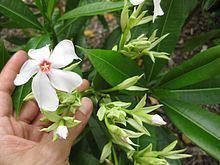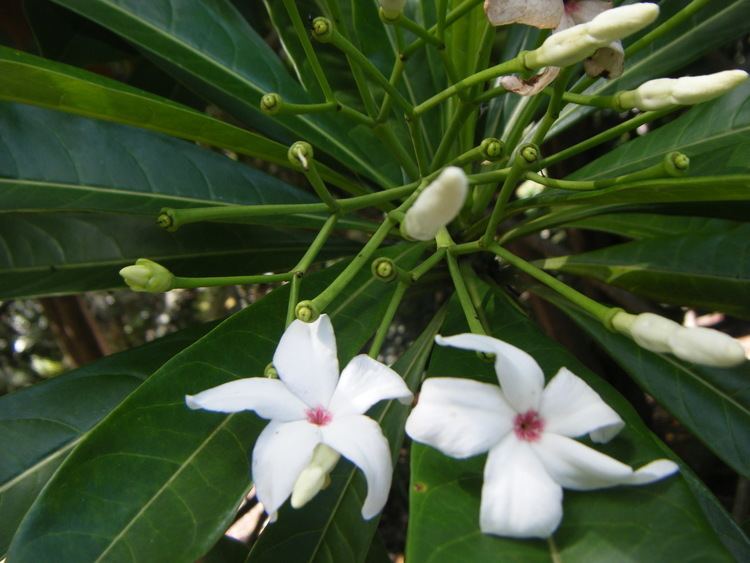Genus Cerbera Rank Species | ||
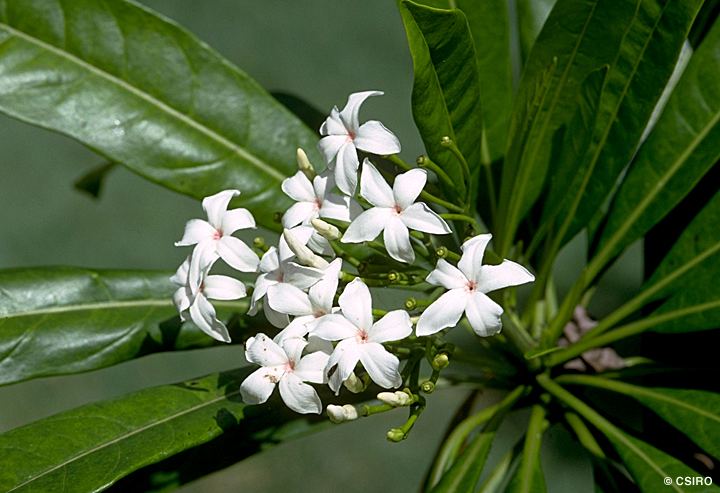 | ||
Similar Cerbera, Syzygium cormiflorum, Elaeocarpus angustifolius, Acmena hemilampra, Xylopia | ||
Cassowary fruit cerbera floribunda
Cerbera floribunda, commonly known as cassowary plum, grey milkwood, brebong, biegbau or babai, is a species of Cerbera native to New Guinea and Tropical North Queensland in Australia. It is a favourite food of North Queensland’s iconic flightless bird, the southern cassowary (Casuarius casuarius).
Contents
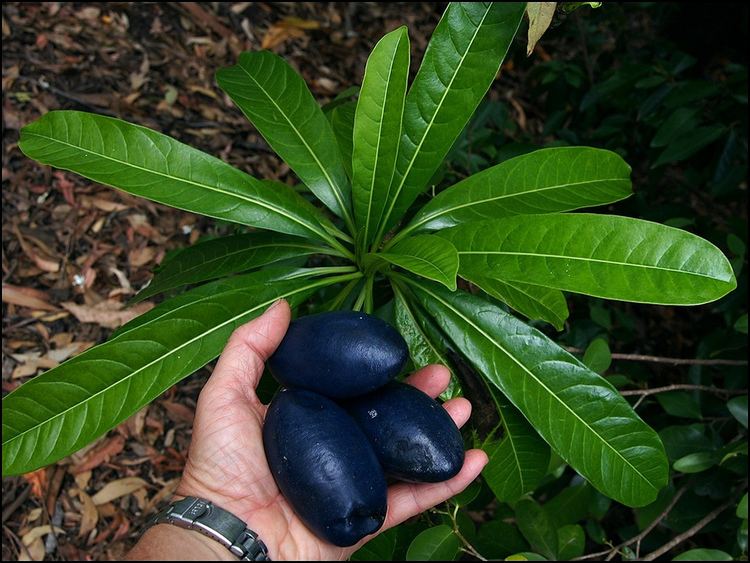
The cassowary plum can grow to about 30 meters. At the age of three years, it begins to produce white flowers with red centers, which become the signature fruits. The fruit is egg shaped, large, smooth, and blue.
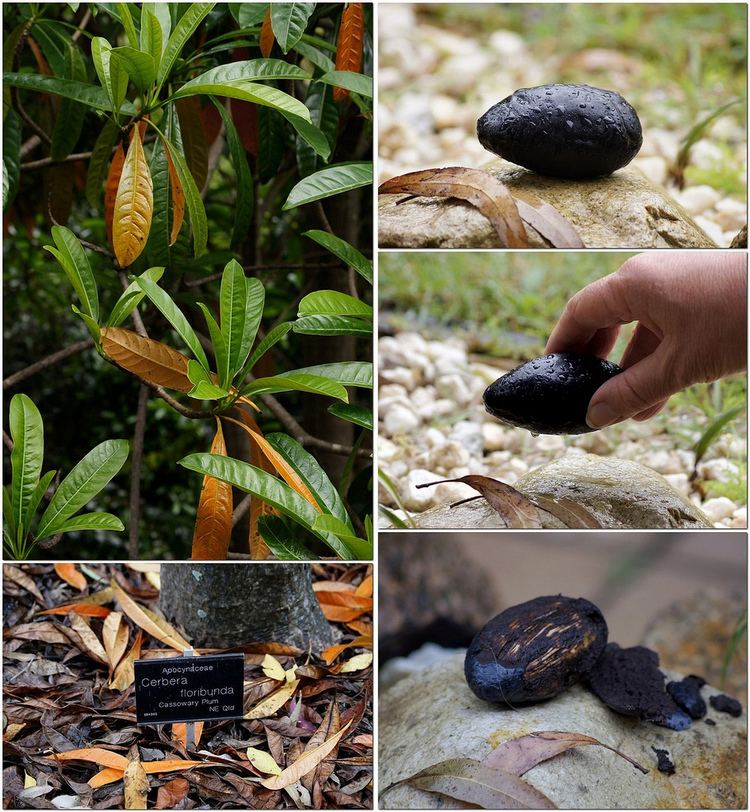
Cassowaries commonly eat cassowary plums, hence the name. The plums' sap is poisonous to most animals, including humans, but not to cassowaries, which consume the fruit with no ill effects, because of their short and fast digestive system, which passes the fruit relatively intact. The cassowary's stomach also contains a unique combination of digestive enzymes, making it immune to the toxins. The cassowary and the cassowary plum have a mutually beneficial symbiotic relationship. The plum provides food for the cassowary, while the cassowary spreads the seeds of the tree. The bird eats the plums whole and passes them out mostly intact. The cassowary's stomach is said to massage the fruit, helping it grow. Cassowary plums are more likely to grow once they have been through a cassowary.
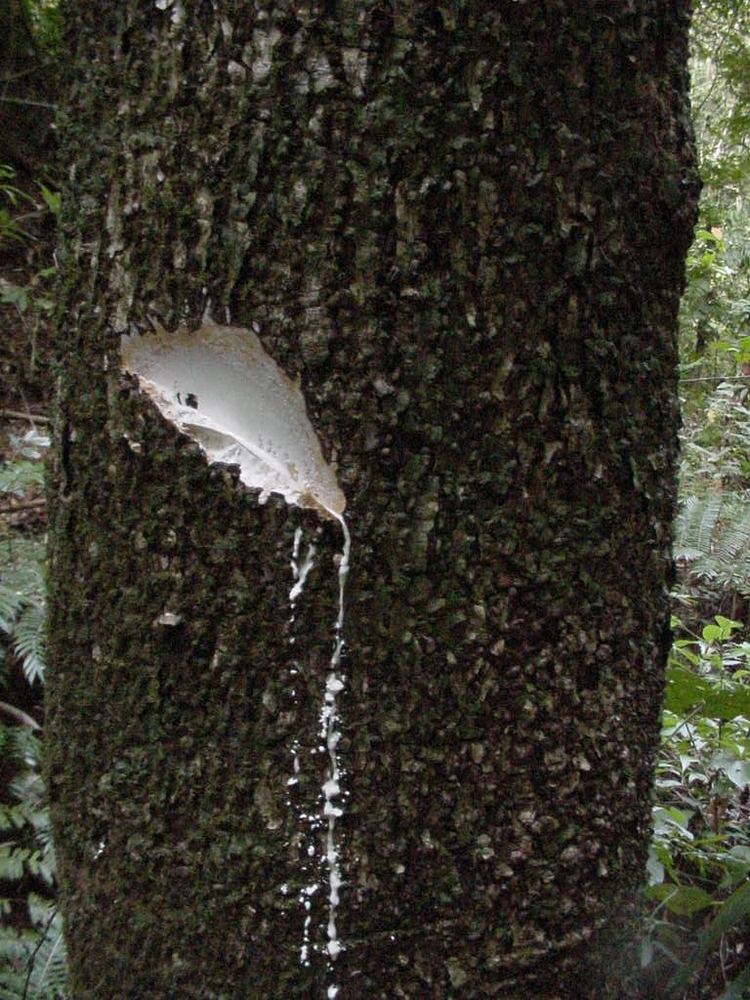
Another of the few animals that can eat the fruit is the white-tailed rat (Uromys caudimaculatus). However, it does not assist in the growth of the seeds as the cassowary does, as it tears the poisonous skin off and feeds on the seeds within.
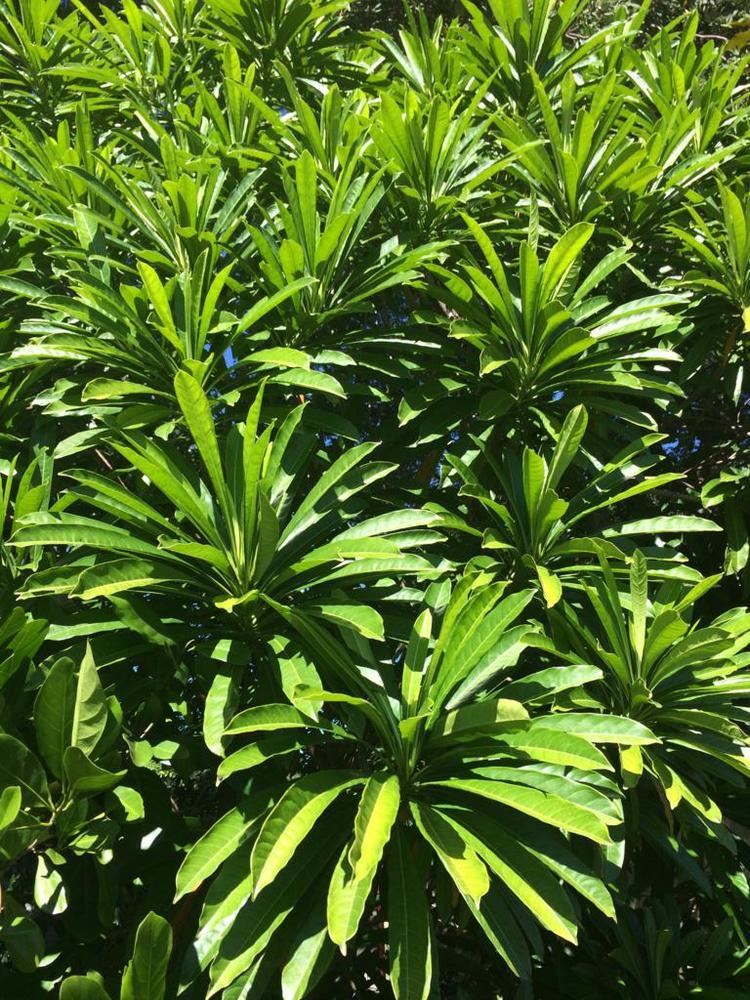
Cerbera floribunda top 8 facts
